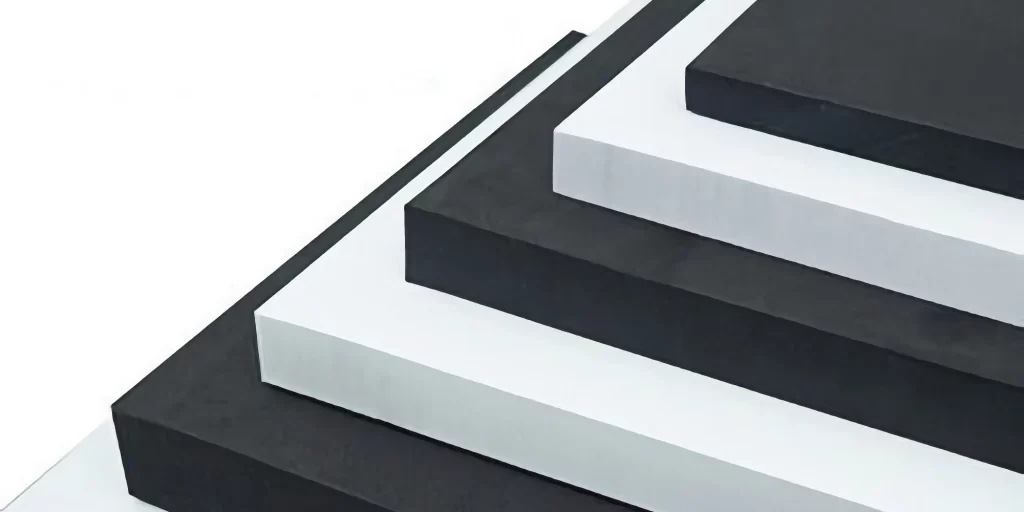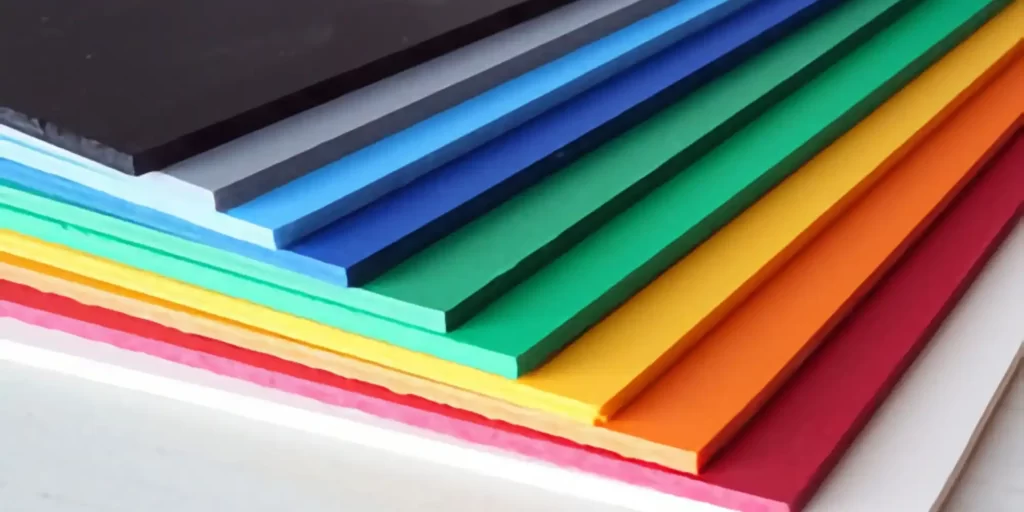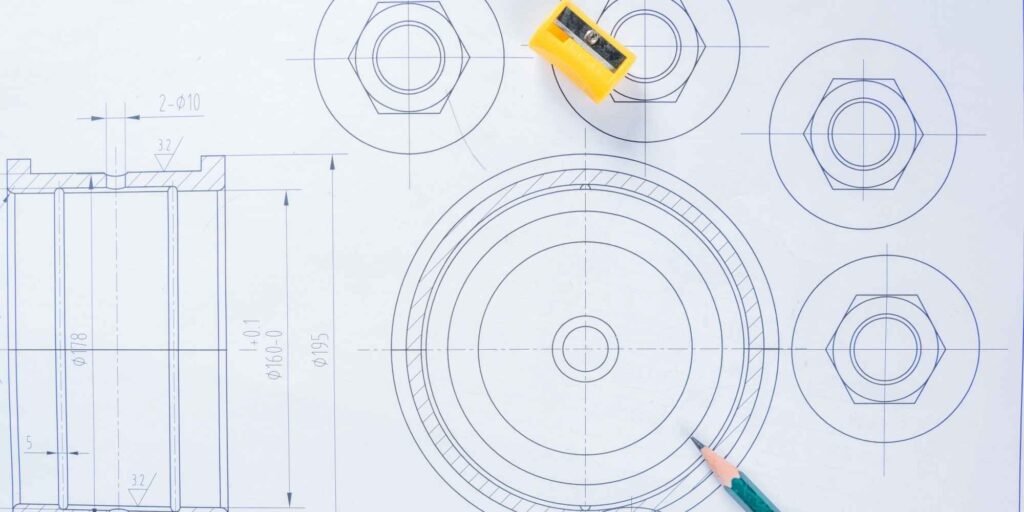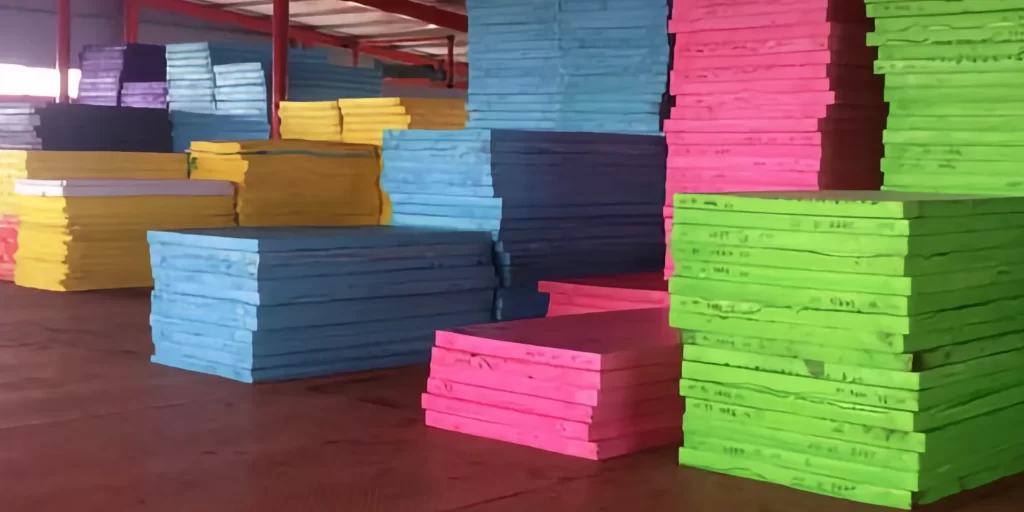EVA foam is a versatile and widely used material with applications in various industries. Its properties like flexibility, shock absorption, and water resistance make it a suitable choice for applications ranging from shoe soles and yoga mats to packaging materials, protective gear, and automotive components. Tensile strength is a crucial property that determines the material’s resistance to stretching and tearing, impacting its overall performance and durability. This comprehensive guide delves into the concept of EVA foam tensile strength and delves into the methods for measuring and enhancing it.
Key Takeaways
- EVA foam tensile strength is measured in units of newtons per square meter (N/m2) or pounds per square inch (psi).
- Tensile testing involves applying a controlled force to a specimen to determine the maximum stress it can withstand before breaking.
- Factors affecting EVA foam tensile strength include density, crosslinking density, temperature, and additives.
- Tensile strength enhancement techniques include filler addition, crosslinking, and irradiation.
What is EVA Foam Tensile Strength?
Tensile strength is a measure of a material’s resistance to deformation or stretching when subjected to tensile stress. It is quantified as the maximum stress that a material can withstand before it breaks or fails. In the context of EVA foam, tensile strength determines the material’s ability to withstand tension or pulling forces without breaking or tearing. Tensile strength is an important property that influences the material’s overall performance and durability in applications such as cushioning, shock absorption, and packaging.
Importance of Tensile Strength
Tensile strength is a crucial property for EVA foam as it relates to its ability to withstand various types of stress and forces encountered during regular use. A higher tensile strength indicates that the material can withstand more force before breaking or tearing. This is particularly important in applications where the material is subjected to significant tensile stress, such as in protective gear, footwear, or automotive components. Proper tensile strength ensures the material’s longevity, safety, and reliability.
Measuring EVA Foam Tensile Strength
Tensile strength is measured by performing a tensile test, also known as a uniaxial tensile test. This test involves:
- Specimen Preparation: A specimen of EVA foam is prepared by cutting it into a specific shape and size according to standardized test methods.
- Mounting the Specimen: The specimen is mounted securely in a tensile testing machine, which applies a controlled tensile force to the specimen.
- Applying Controlled Force: The machine gradually applies a tensile force to the specimen while monitoring the elongation or deformation of the material.
- Recording Data: The force and elongation data are recorded throughout the test until the specimen breaks or fails.
- Calculating Tensile Strength: The tensile strength is calculated by dividing the maximum force by the cross-sectional area of the specimen.
The result of the tensile test is a stress-strain curve, which graphically represents the relationship between stress (force per unit area) and strain (elongation or deformation). The tensile strength is determined from the maximum point on the stress-strain curve, representing the maximum stress the material can withstand before breaking.
Factors Affecting Tensile Strength of EVA Foam
The tensile strength of EVA foam can be influenced by various factors, including:
- Density: Higher density EVA foam generally exhibits greater tensile strength due to its increased molecular packing and stronger intermolecular forces.
- Crosslinking Density: Crosslinking is a chemical process that creates additional bonds between polymer chains, resulting in a more rigid and stronger material. Higher crosslinking density leads to improved tensile strength.
- Temperature: Temperature can affect the tensile strength of EVA foam. At higher temperatures, the material becomes softer and more flexible, leading to lower tensile strength. Conversely, at lower temperatures, the material becomes stiffer and stronger, exhibiting higher tensile strength.
- Additives: The addition of certain additives, such as fillers, plasticizers, and flame retardants, can influence the tensile strength of EVA foam. Fillers like calcium carbonate and talc can enhance tensile strength by increasing the material’s stiffness and resistance to deformation.
Methods to Enhance EVA Foam Tensile Strength
There are several techniques that can be employed to enhance the tensile strength of EVA foam:
- Filler Addition: Incorporating fillers such as calcium carbonate, talc, or glass fibers into EVA foam can increase its tensile strength by providing additional reinforcement and reducing stress concentrations.
- Crosslinking: Crosslinking is a chemical process that creates additional bonds between polymer chains, resulting in a more rigid and stronger material. Crosslinking can be achieved through various methods, such as peroxide curing or radiation crosslinking, to improve tensile strength.
- Irradiation: Irradiation with high-energy radiation, such as gamma rays or electron beams, can modify the molecular structure of EVA foam, leading to increased crosslinking density and improved tensile strength.
Frequently Asked Questions
1. What is a good tensile strength for EVA foam?
The tensile strength of EVA foam can vary depending on its density, crosslinking density, and other factors. Generally, EVA foam with a tensile strength of 3.5 MPa (500 psi) or higher is considered to have good tensile strength.
2. How is EVA foam tensile strength measured?
Tensile strength is measured by conducting a tensile test, which involves applying a controlled force to a specimen of EVA foam until it breaks. The tensile strength is calculated by dividing the maximum force by the cross-sectional area of the specimen.
3. What factors affect the tensile strength of EVA foam?
Factors affecting the tensile strength of EVA foam include density, crosslinking density, temperature, and the addition of additives such as fillers or plasticizers.
4. How can the tensile strength of EVA foam be improved?
Tensile strength can be improved through techniques like filler addition, crosslinking, and irradiation. Fillers can provide reinforcement and reduce stress concentrations, while crosslinking and irradiation can increase the material’s stiffness and strength.






